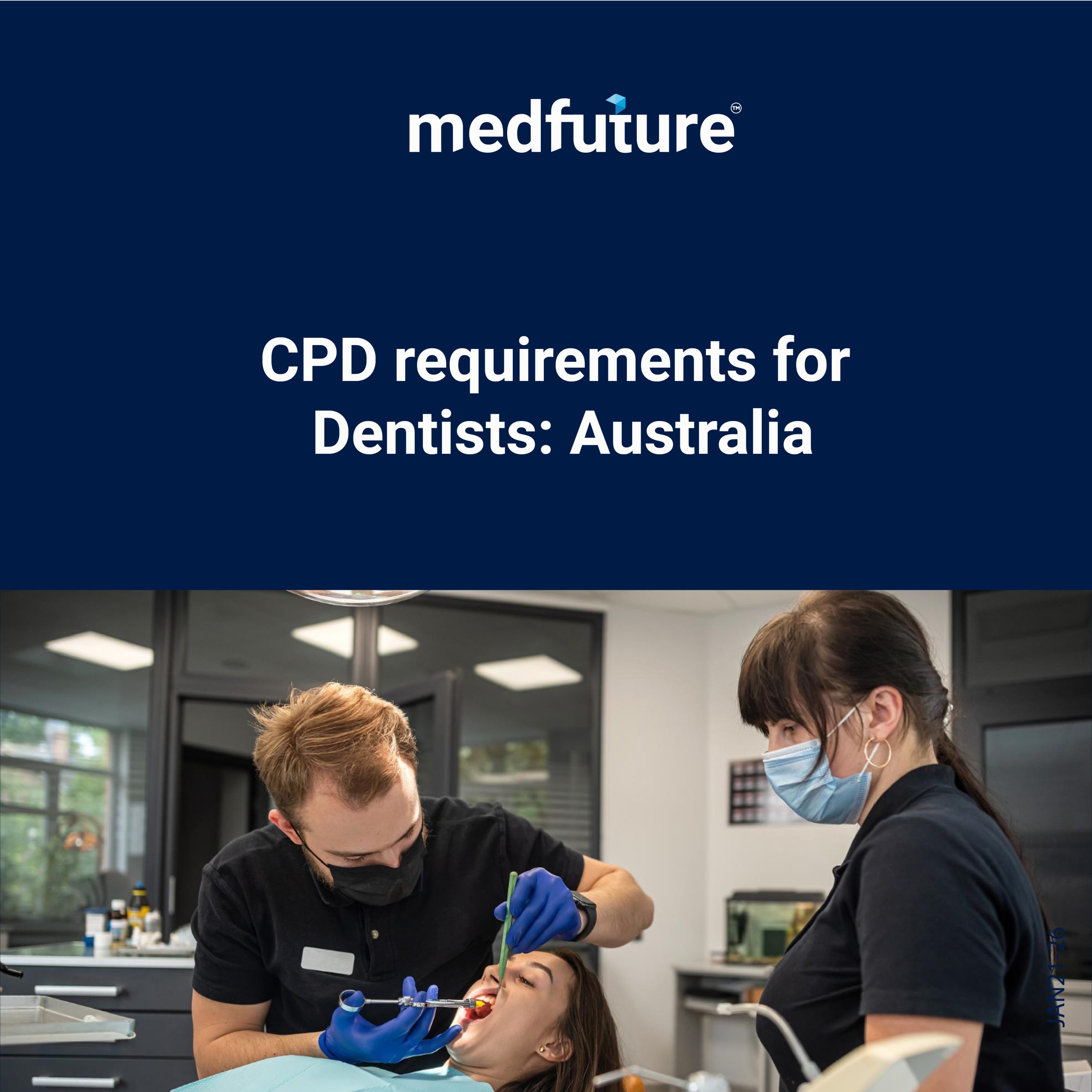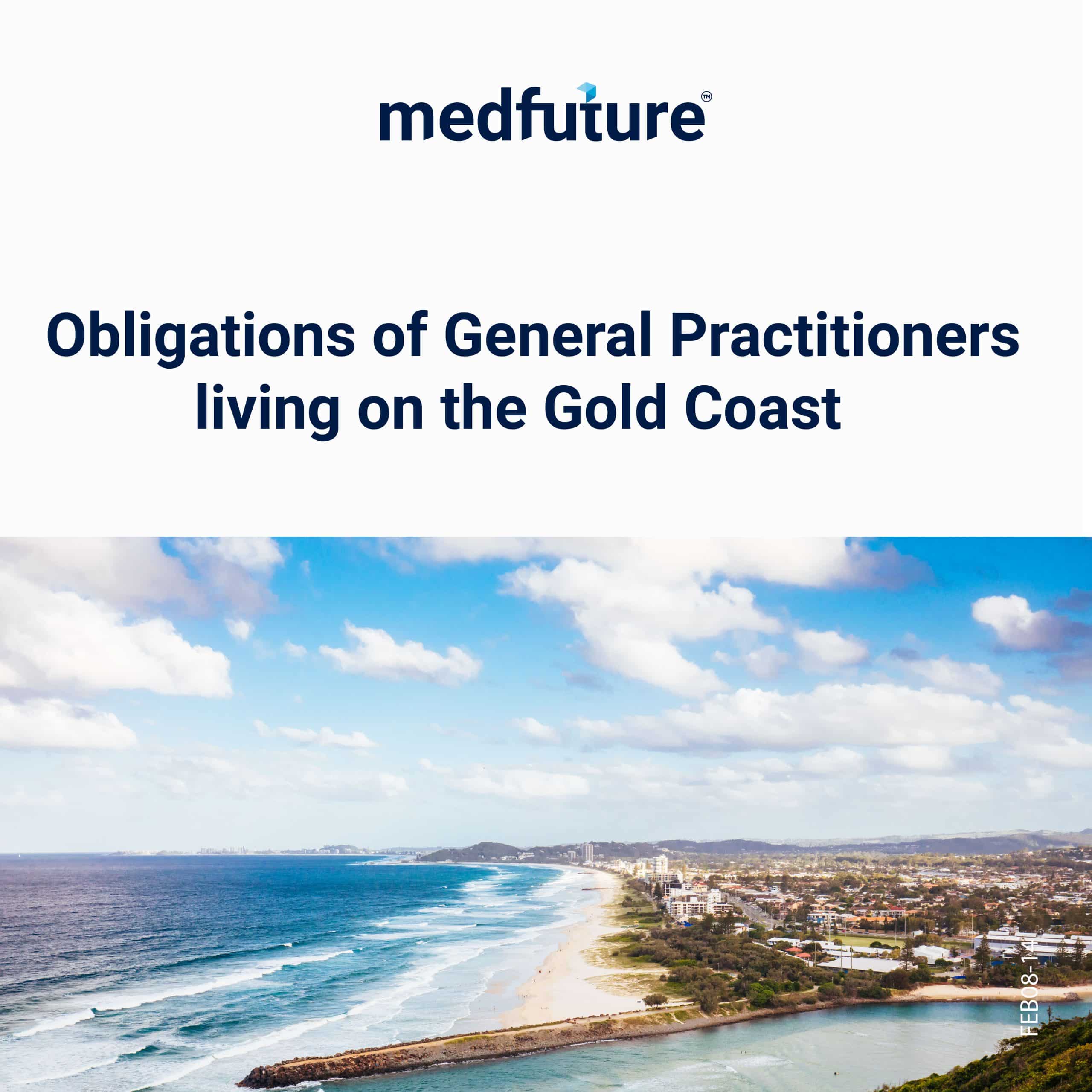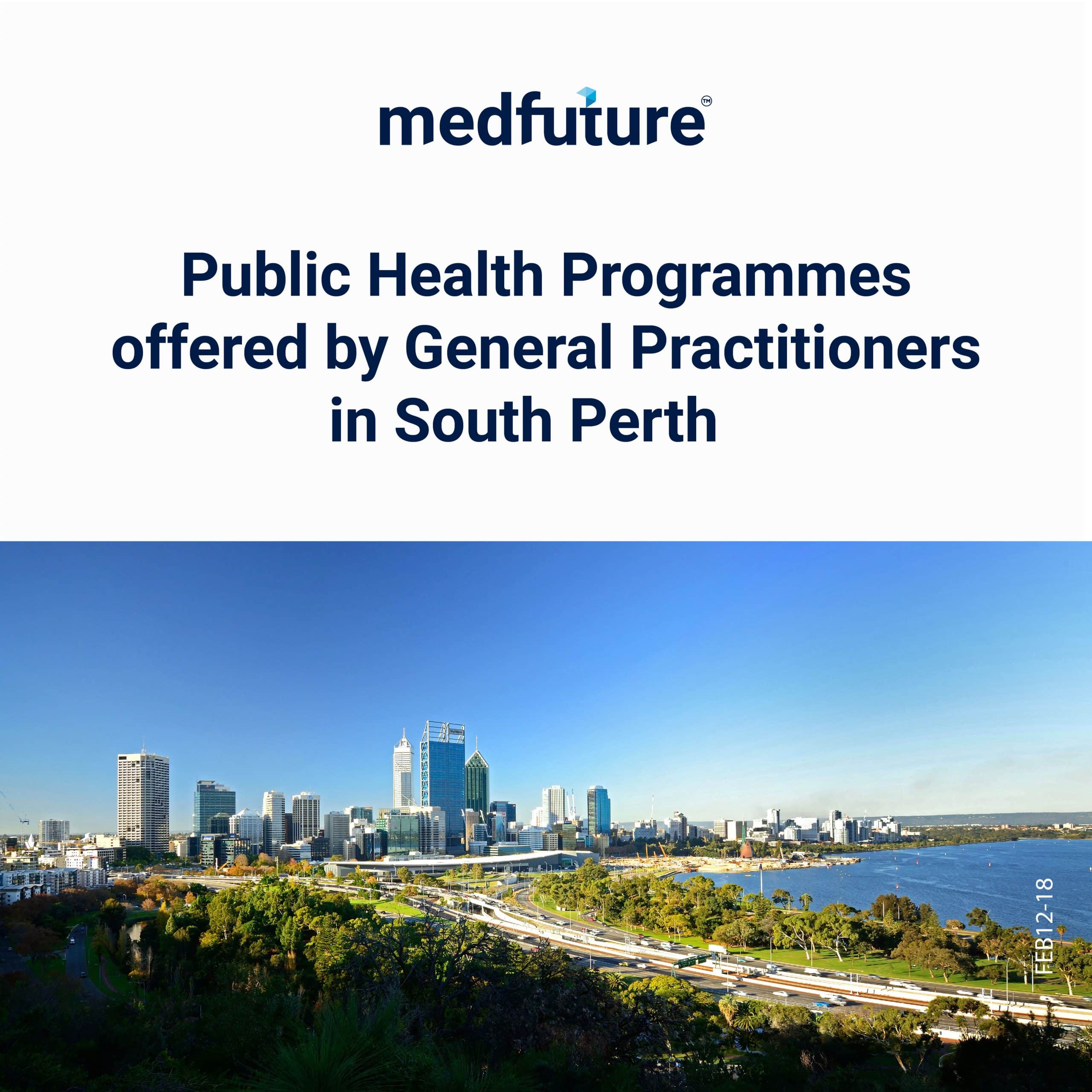The field of dentistry is evolving day by day. Amidst the changes, staying up-to-date with the latest advancements is not just a professional obligation. Yet it is crucial for providing optimal patient care. Continuous Professional Development (CPD) requirements for dentists in Australia play a significant role. It ensures practitioners remain at the forefront of their profession.
Understanding CPD in dentistry
Laws define CPD for dental professionals as lectures, seminars, courses, individual study, and other activities. These can be included in your CPD record if they are relevant to your practice or intended practice. They can be reasonably expected to further your professional development as a dentist or dental care professional.
Courses and lectures, training sessions, peer reviews, clinical audits, journal reading, conference attendance, and online learning are a few examples of CPD.
Guidelines on Continuing Professional Development – Dentistry
The Dental Board of Australia has formulated these guidelines under section 39 of the Health Practitioner Regulation National Law Act (the National Law). It is applicable in each state and territory. These guidelines serve as an additional resource to the specifications outlined in the Board’s registration standard for continuing professional development.
Practitioners are required to adhere to the following obligations:
Practitioners must;
- Cover a minimum of 60 CPD hours with at least 80% of these hours dedicated to clinical or scientific based.
- Declare their compliance with CPD requirements during the annual renewal process.
- Keep personal records documenting their CPD activities for audit purposes.
- Provide evidence of their CPD activities upon request by the Board.
Upon initial registration or restoration of lapsed registration, the required number of CPD hours for an individual will be determined on a pro-rata basis. The calculation will be performed according to a formula made public by the Board.
Note: If a CPD activity falls short of meeting all the criteria for verifiable CPD. Yet, it reasonably contributes to your development as a dental professional. Likewise, if pertinent to your practice or intended practice, you can include the time spent on the activity in your CPD record. However, it will not be classified as a verifiable CPD. This type of CPD is sometimes referred to as general or non-verifiable CPD.
Additional Considerations:
The Board maintains flexibility regarding the types of CPD activities you can engage in and the hours allocated to each activity. For those registered as both dental hygienists and dental therapists, completing 60 hours over a three-year cycle is sufficient.
Adjustments to CPD hours only occur if you register for the first time during a CPD cycle. For further details, please refer to the Dental Board of Australia.
It’s important to note that any CPD hours beyond 60 cannot be carried over to the next cycle. Practitioners are encouraged to participate in a greater number of CPD hours than the minimum requirement.
Who is required to adhere to these guidelines?
These guidelines are intended for use by all individuals holding registration as dentists, dental therapists, dental hygienists, dental specialists, oral health therapists, and dental prosthetists. However, they do not apply to individuals with specific types of registration, including:
- Non-practising registration
- Limited registration in the public interest
- Student Registration
These guidelines specifically pertain to the realm of continuing professional development.
CPD Activities
Dental practitioners are expected to participate in a variety of CPD activities aligning with the objectives of CPD. CPD is categorised into two types. These may encompass subjects outside their usual practice, including:
- Non-Clinical or Non-Scientific Activities:
Indirectly related to dental care but supportive. These activities should contribute to maintaining and enhancing a practitioner’s knowledge, skills, and oral health performance.
- Courses on practice management and den-to-legal responsibilities.
- Mindfulness training.
- Clinically or Scientifically Based Activities:
About the technical aspects of oral health care. Examples include infection control, CPR, patient record keeping, and topics related to oral health or specific dental procedures. These include endodontic, caries treatment, crown preparation, etc.
- Attending professional courses, workshops, lectures, or completing examinations and tests.
- Internet-based activities like reading professional journal articles.
- Preparing or delivering lectures on dental topics to fellow practitioners.
- Approved programmes of study for practitioners already registered by the Board, including approved study or add-on programmes.
Ways to find CPD activities that meet the requirements
Dentists in Australia have several avenues for discovering CPD activities that align with requirements. Professional organisations, universities, and online platforms are key sources.
The Australian Dental Association Victorian Branch Inc. offers cost-effective and high-quality CPD activities. These are specifically tailored to meet the Dental Board of Australia’s standards and organised by dentists for dentists.
ADA NSW provides guidelines to assist dental practitioners in recognising CPD activities and understanding the compliance circumstances.
Dental Protection Limited offers advice on selecting suitable CPD options for dental practitioners.
The Dental Board of Australia supplies resources and guidelines for CPD, aiding practitioners in comprehending and meeting CPD requirements.
It is crucial to ensure that chosen CPD activities contribute to professional development and fulfil the minimum standards set by the Dental Board of Australia.
Continuous Professional Development stands as a crucial element in the career of dentists in Australia, fostering continual learning and advancement. Through a comprehensive engagement with CPD activities, dental practitioners not only fulfil regulatory mandates but also elevate their skills. Further, delivers improved patient care, and remains competitive in the evolving healthcare environment. The trend of students getting into the field of dentistry is getting more popular with time. Candidates who are aiming to begin their career in a fresh welcoming practice are welcome to check out Medfuture for the latest listings of dental job vacancies available in Australia. Reach out now to apply.






